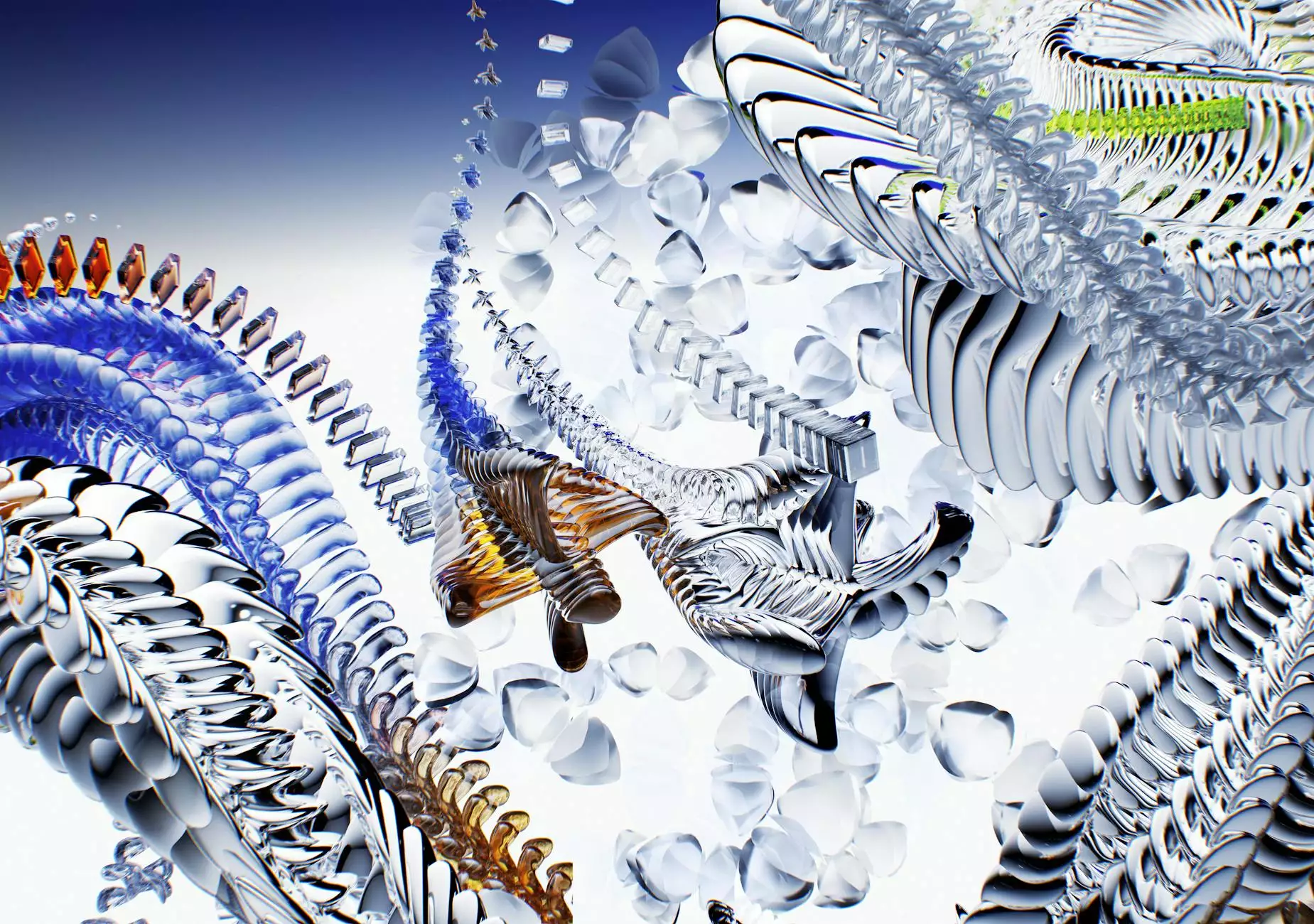Understanding the Parts of a Car Transmission System

The transmission system in a vehicle is a vital component that plays a significant role in the overall functionality of a car. It is responsible for transferring power from the engine to the wheels, enabling the vehicle to move. This article delves into the various parts of a car transmission system, their functions, and how they contribute to a seamless driving experience.
1. Introduction to Car Transmission Systems
The car transmission system is designed to manage and optimize the power output of an engine. It adapts the engine's output to the wheels, allowing the vehicle to accelerate, decelerate, and maintain speed. Transmissions can be broadly categorized into two types: manual and automatic transmissions, each with its own set of components and operational characteristics. Understanding these components is essential for those seeking to enhance their knowledge of automotive mechanics or to maintain their vehicles effectively.
2. Key Components of the Transmission System
The transmission system is made up of several interrelated components that work together seamlessly. Here we will explore the essential parts in detail:
2.1. Gearbox
The gearbox is the heart of the transmission system. It houses the gears that control the torque and speed of the vehicle. There are mainly two types of gearboxes:
- Manual Gearbox: Requires the driver to manually select the gears using a clutch pedal and gear stick.
- Automatic Gearbox: Shifts gears automatically based on speed and throttle position without driver intervention.
2.2. Clutch
The clutch is a crucial component in a manual transmission that connects and disconnects the gearbox from the engine. It allows the driver to change gears smoothly. In automatic transmissions, a torque converter performs a similar function, enabling the car to shift gears without needing the driver to press a clutch pedal.
2.3. Torque Converter
The torque converter is a hydraulic coupling found in automatic transmissions that transmits power from the engine to the transmission. It allows the car to stop without stalling the engine and enhances the vehicle's efficiency during acceleration.
2.4. Driveshaft
The driveshaft is a cylindrical component that transmits power from the transmission to the wheels. It is typically made of metal and must be strong enough to handle significant torque. The driveshaft connects to the differential, which then distributes power to the wheels.
2.5. Differential
The differential is a component that allows the wheels to rotate at different speeds during a turn. This is essential for maintaining traction and stability. The differential is connected to the driveshaft and transmits power to the wheels while permitting varying speeds.
2.6. Shift Linkage
The shift linkage is the mechanism that connects the gear shifter to the transmission. It allows the driver to change gears and is crucial for both manual and automatic transmission systems. A well-functioning shift linkage ensures smooth transitions between gears.
2.7. Transmission Fluid
Transmission fluid plays a critical role in the operation of the transmission. It acts as a lubricant, cooling agent, and hydraulic fluid. Regular maintenance of the transmission fluid is vital for optimal performance and longevity of the transmission system.
3. How the Transmission System Works
The operation of the car transmission system can be understood through a series of steps:
- Power Generation: The engine generates power that needs to be transferred to the wheels.
- Clutch Engagement: In manual transmissions, the driver presses the clutch to disengage the engine from the gearbox.
- Gear Selection: The driver or automatic system selects the appropriate gear.
- Torque Transmission: Power flows from the engine to the gearbox, and through the driveshaft to the wheels.
- Differential Function: The differential allows the wheels to rotate at different speeds during turns.
4. Importance of the Transmission System
The transmission system is vital for several reasons:
- Power Regulation: It allows for the necessary regulation of power to the wheels based on driving conditions.
- Fuel Efficiency: A well-functioning transmission enhances fuel efficiency by optimizing engine performance.
- Vehicle Control: Transmissions play a critical role in control and handling, particularly during acceleration and deceleration.
5. Maintenance of Transmission Systems
Regular maintenance of the transmission system is essential for the longevity and performance of the vehicle. Here are some maintenance tips:
- Regular Fluid Checks: Check the transmission fluid level and quality regularly. Change it as per manufacturer recommendations.
- Avoid Overloading: Do not overload your vehicle, as this can put undue stress on the transmission.
- Listen for Unusual Noises: Unusual sounds may indicate a problem with the transmission and should be addressed promptly.
- Consult Professionals: For any issues, consult a certified mechanic specialized in transmission repair.
6. Common Transmission Problems
Understanding common problems is important for any vehicle owner. Here are some issues that may arise with the transmission system:
- Slipping Gears: This occurs when the transmission unexpectedly changes gears or struggles to stay in gear.
- Delayed Engagement: A delay in the transmission engaging after moving the gear shifter can indicate issues.
- Fluid Leaks: Transmission fluid leaks can lead to severe damage and decreased performance.
- Warning Lights: If the check engine light or transmission light comes on, it is crucial to have the vehicle checked.
7. Conclusion
The parts of a car transmission system are integral to the vehicle's performance, efficiency, and safety. Familiarizing yourself with these components and their functions can enhance your understanding of automotive systems and aid in timely maintenance. At Shenghai Auto Parts, we specialize in high-quality automotive components, ensuring your vehicle remains in optimal condition. Whether you are in need of replacement parts or have inquiries about transmission systems, our expert team is here to assist you.
In conclusion, investing time in understanding your vehicle's transmission system will empower you with knowledge that can lead to better maintenance practices and ultimately a more enjoyable driving experience. Don't overlook the importance of this crucial system; pay attention to its parts, maintenance, and potential issues!









